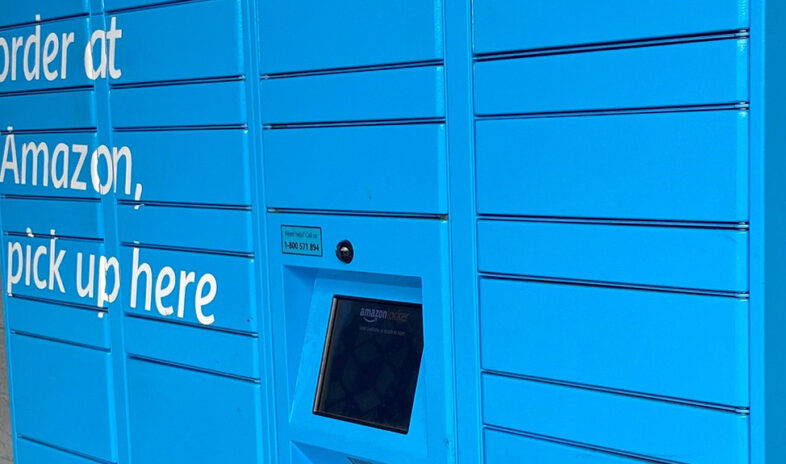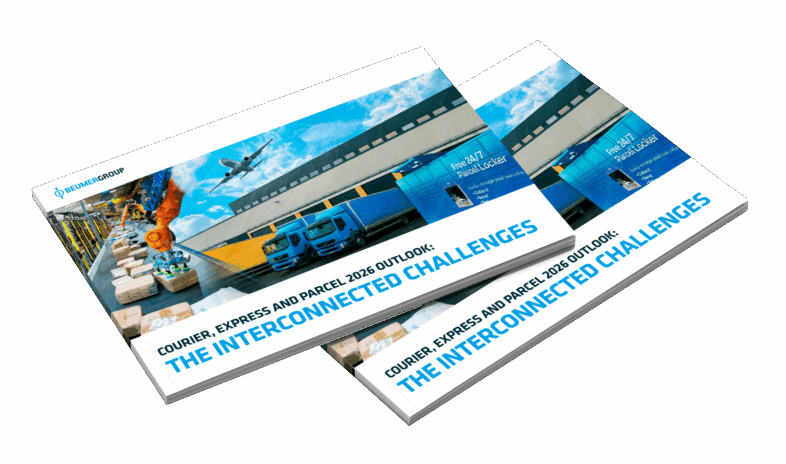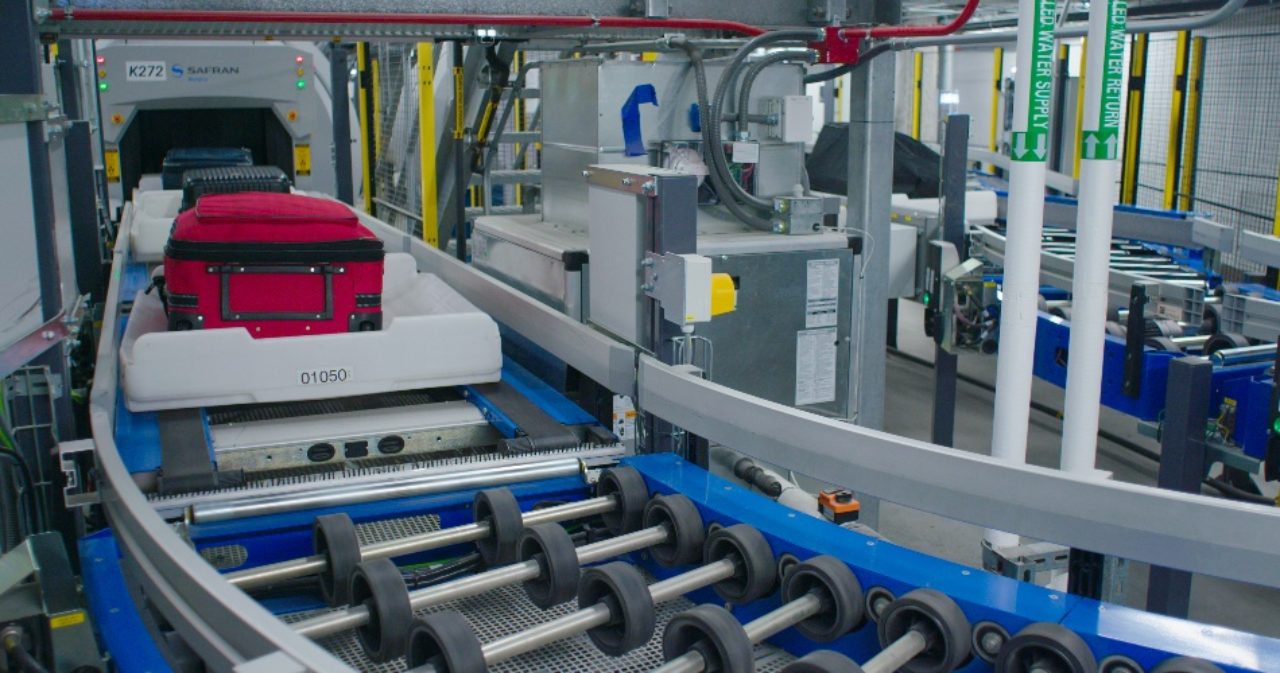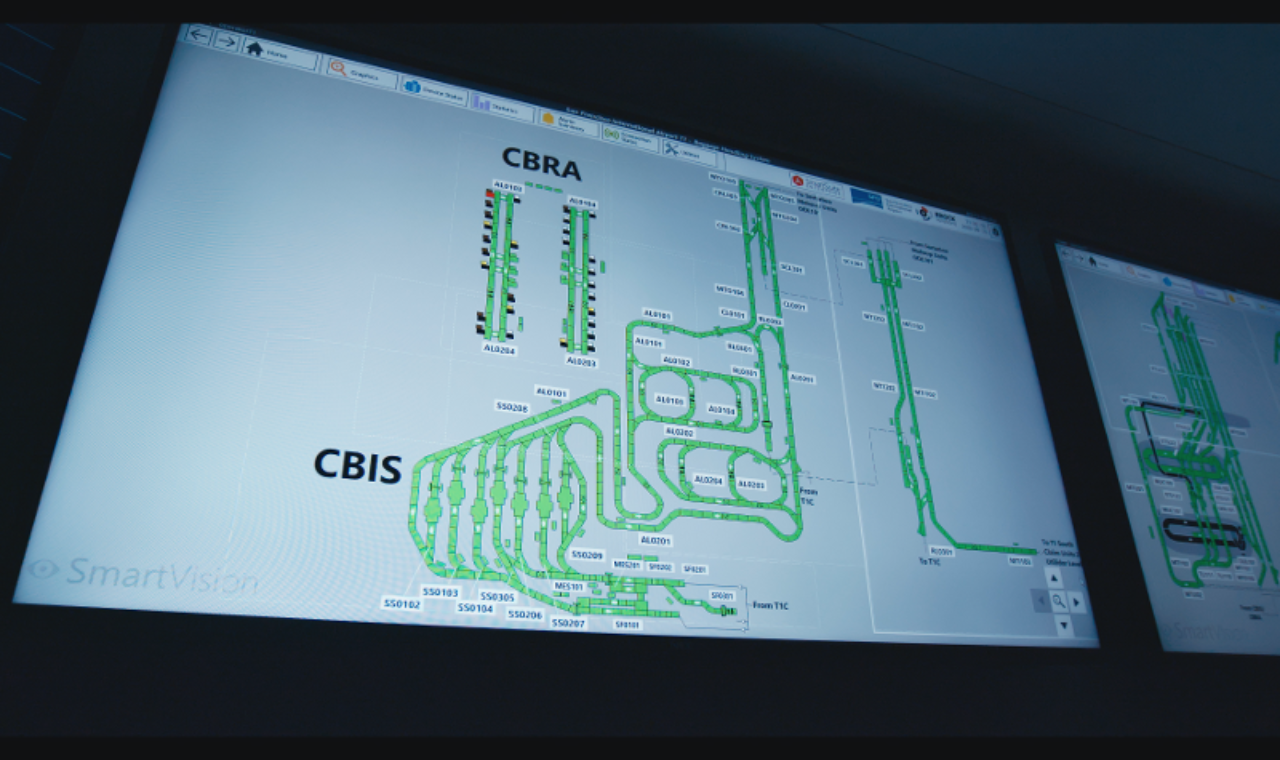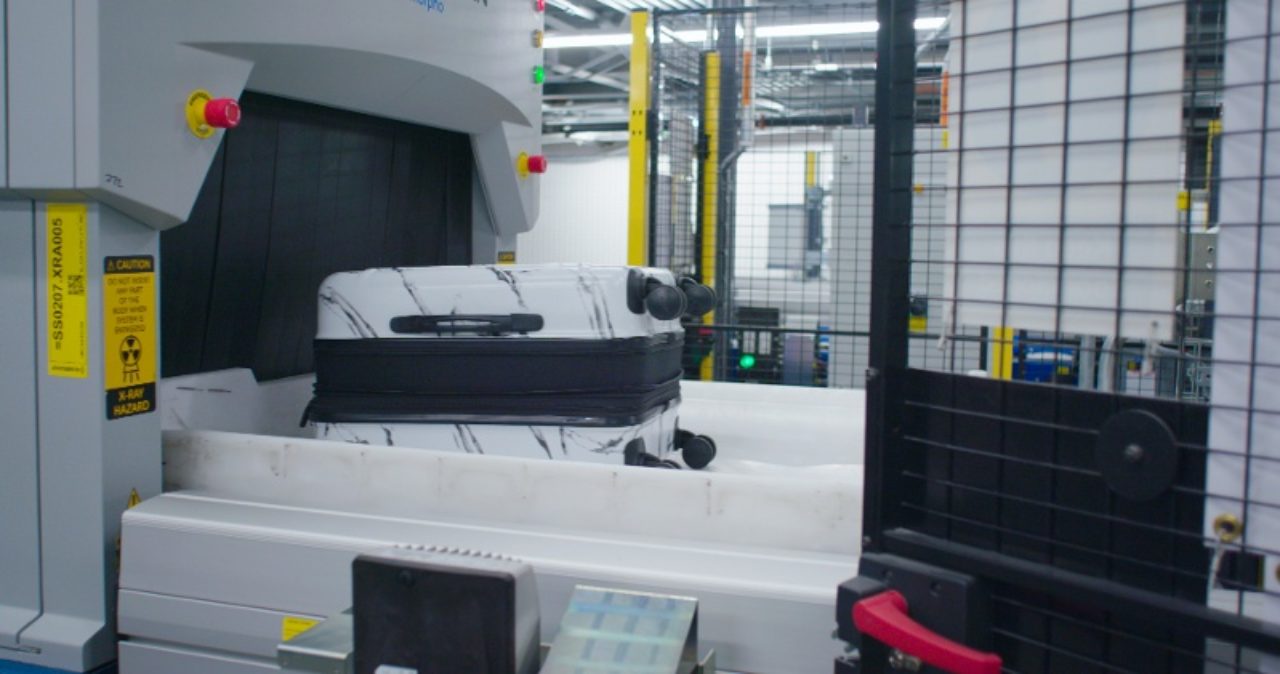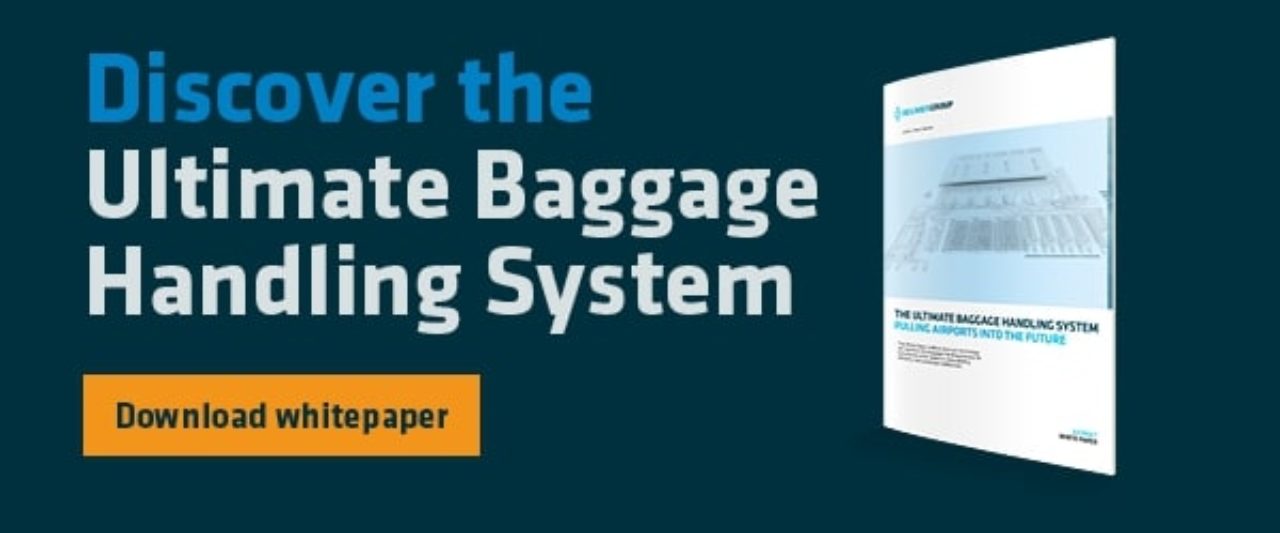By Uffe Edslev
This article explores the considerations to take into account when determining which BHS system will be the more cost-effective solution.
What does a BHS cost?
It must be said from the outset that it’s difficult to determine with certainty which BHS is more cost-effective as there are a myriad of varying factors that come into play.
Factoring in technical requirements of a BHS
Take the technical requirements an airport may have of its BHS.
The price per metre of a system, for example, will always depend on the requirements the system must deliver. Other questions may be:
- Is the system needed simply for transportation from A to B, or is integrated hold baggage screening also required?
- What about tracking ability?
- What kind of check-in facilities and make-up facilities will the BHS need to work with; each will impact on the overall price differently.
- How reliable does the system need to be in terms of getting baggage processed efficiently to meet passenger expectations and satisfaction?
Other associated considerations
But there are other considerations impacting the price of a system. The cost of installing the system will depend on whether it’s a brownfield installation involving numerous phases or a greenfield installation for which an empty building is available.
The cost of system delivery and logistics will also influence the overall price of a system. It’s more costly to install a system in-country than it is on a coastal site and wages will vary depending on location.


